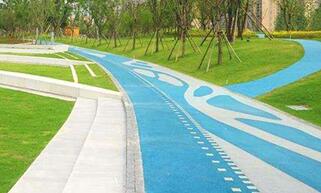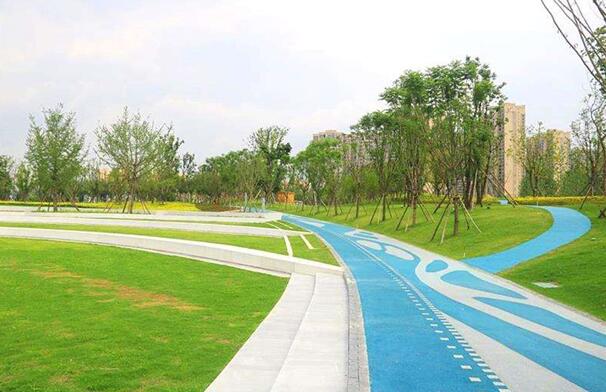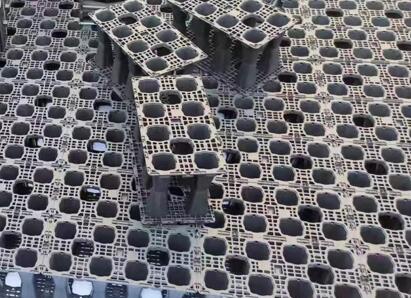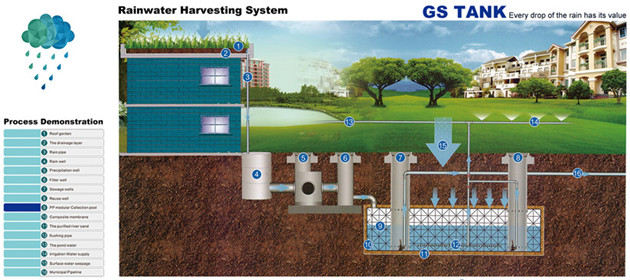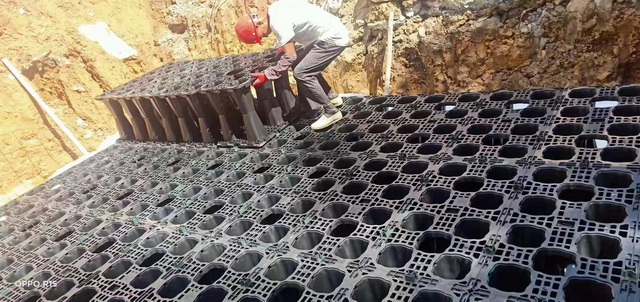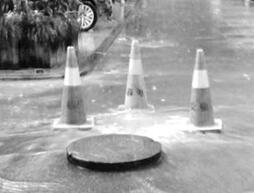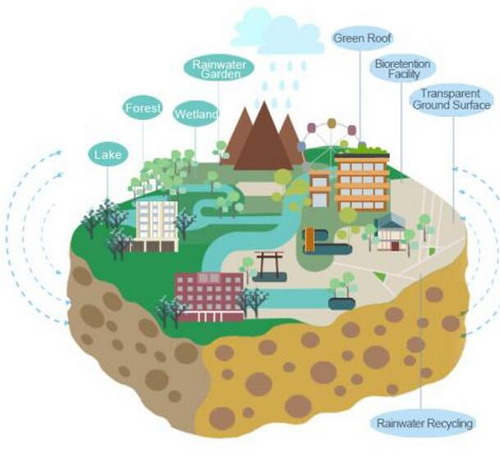Why is Sponge City so difficult?
Introduction to Sponge City
Sponge city refers to a city that can be like a sponge and has good “elasticity” in adapting to environmental changes and responding to natural disasters. It absorbs, stores, seeps, and purifies water when it rains, and “releases” the stored water when needed. And use it. The construction of sponge cities follows the principle of ecological priority, combines natural methods with artificial measures, and maximizes the accumulation, infiltration and purification of rainwater in urban areas under the premise of ensuring the safety of urban drainage and flood prevention, and promotes the utilization and utilization of rainwater resources. conservation of ecosystem.
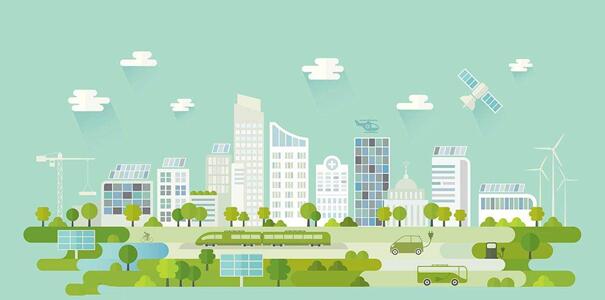 Sponge Strategy in Urban Residential Area
Sponge Strategy in Urban Residential Area
As the area of urban residential land continues to increase, the natural surface of the city is replaced by impervious hard materials in the residential area, and the natural infiltration, purification and collection of rainwater are facing great challenges. The landscape land of the residential area should be combined with the sponge city design method. In the limited green area, the strategy of infiltration, retention, and purification should be adopted to alleviate the flood disaster in the urban residential area.
Green roof sponge strategy
When rains and floods come, runoff from building roofs is one of the important causes of urban waterlogging. Therefore, transforming urban building roofs into green roofs can effectively alleviate the pressure of urban rainwater runoff. On the one hand, collecting and storing rainwater through the sponge city structure and using rainwater for irrigation can save various energy consumption; on the other hand, green roofs will form a good urban landscape and increase the overall greening rate of the city.
The use of sponge city design strategy on urban roads can produce huge economic, ecological and aesthetic benefits in the collection and utilization of road rainwater runoff and pollution discharge. Such as ecological tree ponds, biological retention ponds, road seepage wells, road central isolation belts, three-dimensional traffic, ecological parking lots.
Sponge strategy for urban park green space
Connecting sponge facilities in urban parks and green spaces into a system can effectively transmit and absorb rainwater, process and digest rainwater runoff in an orderly manner during heavy rainfall, and at the same time purify pollutants in rainwater runoff hierarchically. When collecting rainwater in the surrounding area of the green space, if the grass ditch cannot be directly drained, the underground pipeline can be designed to drain it to the green space park for rainwater absorption. The underground pipeline and the sponge facility are combined with each other.


